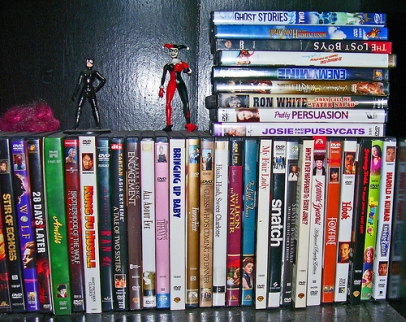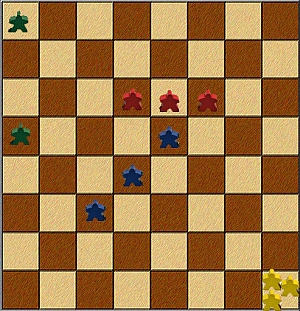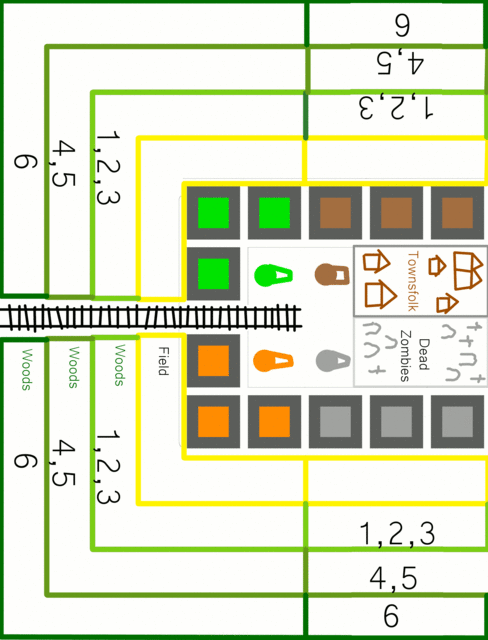Game Design Showdown
June 2009 Challenge - "Last Meeple Standing"
CHALLENGE IS NOW CLOSED. THE RESULTS ARE IN!
The winner is ilta for "State of Nature". Congrats!
8 Entries now available for review and critiquing
- Submissions: Wednesday, 17-June-2009 through Wednesday, 24-June-2009.
- Voting: Wednesday, 24-June-2009 through Friday, 3-July-2009.
Main Design Requirements:
- End Game = Being the last player to accomplish some predefined goal (so not gain 20 vp, not cross the finish line, not collect 3 sets, not use the last resource, etc).
- Victory Condition = Anything you desire.
- Meeple Components must be used.
Theme:
- Survival. The game should portray a thematic feeling of survival.
Formatting Request: Please use the GDS formatting template as a reference to format your entries before submitting. No entry will be dismissed for lack of proper formatting, but entries based on the template will be greatly appreciated.
Comments or Questions: Comments and questions about this Challenge were handled on the Comments Thread.
GDS Details: For more details on how these Game Design Showdown Challenges work, visit the GDS Wiki Page.
Please note, you must PM or e-mail me, Zzzzz, your GDS entry for this month. If you want to use e-mail, please PM me for my e-mail address.



 [!]
[!]


__LAST CALL FOR SUBMISSIONS__